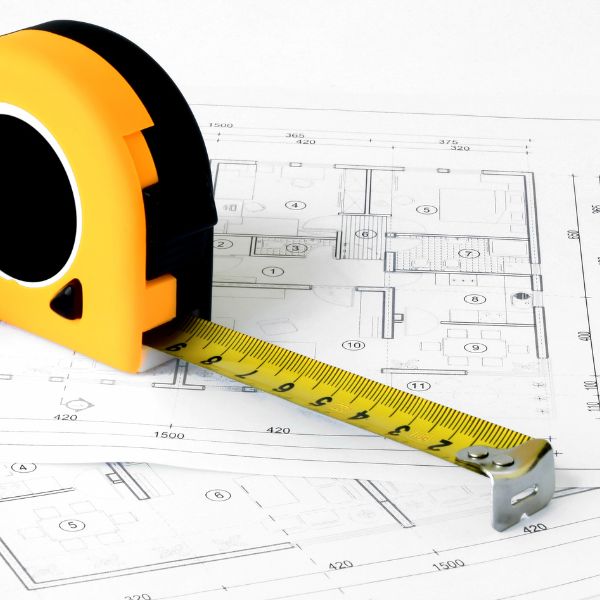Sizing a grease trap for your commercial kitchen in the UK involves several factors to consider. Grease traps, also known as grease interceptors or grease separators, are essential for preventing fats, oils, and grease (FOG) from entering the sewage system and causing blockages. The size of the grease trap you need depends on your kitchen's specific requirements and the local regulations. Here's a general guideline on how to size a grease trap for your commercial kitchen:
1. Determine Flow Rate: Calculate the maximum flow rate of wastewater from your kitchen. This can be done by adding up the flow rates of all the sinks, dishwashers, and other fixtures that discharge into the grease trap. The flow rate is typically measured in litre per minute (L/min) or gallons per minute (GPM).
2. Local Regulations: Check with your local water authority or regulatory agency for guidelines on grease trap sizing. Different regions might have specific requirements or recommendations for sizing grease traps based on factors such as kitchen size, menu, and the type of food being prepared.
3. Grease Retention Capacity: Grease traps are rated based on their grease retention capacity, which is typically measured in liters or gallons. The capacity you need depends on the flow rate of your kitchen. As a general rule of thumb, the grease trap should be able to hold at least 20-30 minutes' worth of wastewater flow. This allows sufficient time for the FOG to separate from the water.
4. Type of Grease Trap: There are different types of grease traps available, such as gravity grease traps, automatic grease recovery units, and more. Each type has its own sizing considerations. For instance, automatic grease recovery units may have additional features that affect their sizing requirements.
5. Kitchen Activities: Consider the types of cooking methods used in your kitchen. Certain cooking processes generate more FOG than others. If your kitchen involves a lot of frying or grilling, you might need a larger grease trap.
6. Maintenance Frequency: Grease traps need regular maintenance, including cleaning and emptying. The size of the grease trap might also affect how frequently it needs to be serviced. A larger grease trap can go longer between cleanings than a smaller one.
7. Consult Professionals: It's recommended to consult with plumbing and wastewater professionals who have experience in sizing grease traps for commercial kitchens. They can help you accurately calculate the required capacity based on your kitchen's specific needs and local regulations.
8. Manufacturer Recommendations: Grease trap manufacturers often provide guidelines and recommendations for sizing their products. These guidelines can be a good starting point for determining the appropriate size.
Remember that proper grease trap sizing is essential not only for compliance with regulations but also to ensure effective FOG separation and prevent blockages in your plumbing system. It's crucial to work with professionals who can help you choose the right size and type of grease trap for your commercial kitchen's needs.
Simply give us a call on 0151 329 2610 or get in touch via the live chat and we will be pleased to help with any questions you might have!

